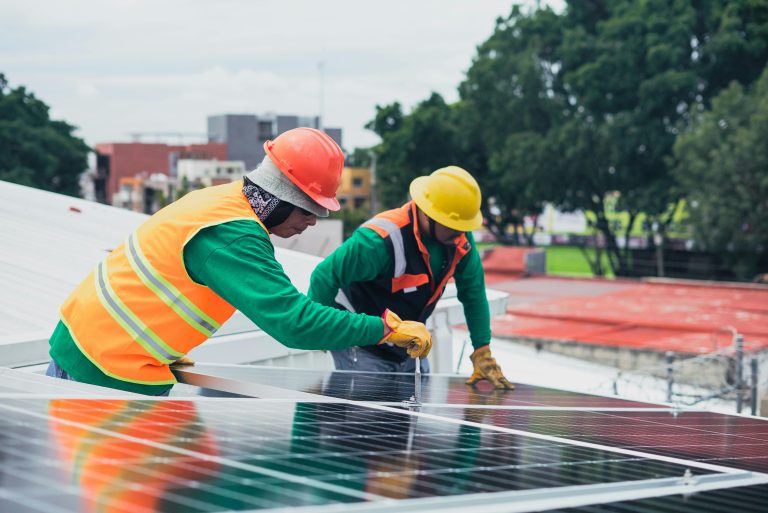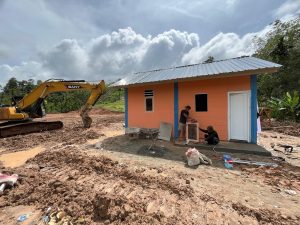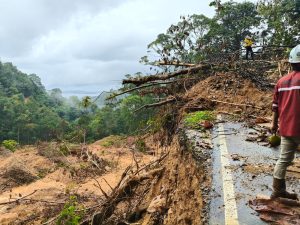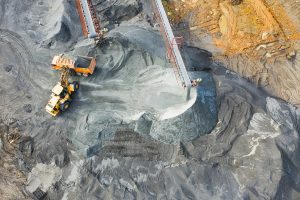Jakarta – Indonesia has been lagging in the development of solar power generation compared to other countries such as India and China. Therefore, the country needs to adopt breakthrough strategies to accelerate the development of solar energy.
One way to achieve this is by embarking on public sector-facilitated and multi-investor large-scale solar farms, as the IEEFA stated in its June report.
At the end of 2024, Indonesia only delivered an aggregate of around 717 MW of utility-scale solar projects, which only happened after extended negotiations.
Contrastingly, China added over 750 MW of solar capacity per day in 2024 alone, while India, as of January 2025, has installed over 100 GW of solar capacity, which took only more than 15 years to implement. This is nearly the same as Indonesia’s current goal.
Under India’s 14th National Electricity Plan, India aims to more than triple this achievement to 365 GW by 2032, utilising a competitively bid solar park model.
“A different approach is needed if Indonesia is to accomplish the renewable energy goals outlined in national plans,” Grant Hauber, Strategic Energy Finance Advisor for Asia at the Institute for Energy Economics and Financial Analysis, said.
On 26 May 2025, Indonesia launched its latest Electricity Supply Business Plan (RUPTL) for the period 2025 to 2034. Under the RUPTL, Indonesia aims to add 42.6 gigawatts (GW) of renewable energy by the end of 2034. The plan contributes to the broader national long-term strategy, Golden Indonesia Vision 2045, which seeks to have 75 GW of renewable energy operating by 2040.
Solar generation is expected to constitute most of the envisioned renewable energy capacity. Solar energy is the cheapest form of electricity globally, IEEFA noted.
Indonesia’s strong solar irradiation and equatorial positioning make it an ideal location for establishing fixed-axis mount solar panels. These are the easiest and quickest to install, allowing entire utility-scale solar farms (larger than 100 megawatts [MW]) to be implemented within months, it said.
Yet, the development of Indonesian renewable energy projects has been chronically delayed. A marginal 0.2% of the country’s energy is sourced from solar. To achieve the 2040 vision, the pace of capacity additions needs to ramp up quickly from nearly zero now to around 5 GW per year. That is equivalent to establishing 26 of Indonesia’s largest solar farms, the 192 MW Cirata.
Public sector facilitated large-scale, multi-investor solar parks
IEEFA stated that Indonesia could follow India’s path, namely, developing public sector-facilitated large-scale and multi-investor solar parks. This policy helps minimise risks and streamline the time from bid award to project financing, reducing financing costs and making the project timeline more predictable.
With implementation risks minimised, the time from bid award to project commissioning is streamlined and predictable, and financing costs can be reduced.
IEEFA said the utility and consumers benefit from having the lowest possible tariff from bidding delivered quickly. As more blocks of the solar park are constructed, there is higher certainty regarding on-site performance, and subsequent auctioned blocks could yield even lower costs and tariffs.
This model has been successful in India. From 2010 to 2020, the winning bid tariffs dropped from a high of USD 148.50 per megawatt-hour (MWh) in 2013 to USD 30 in 2024, representing an 80% decrease. Additionally, despite India being a coal-mining country where more than 70% of electricity is coal-generated, the price of solar was one-third lower, IEEFA noted.
India has been successful in developing government or utility-organised solar parks, supported by investment from the private sector. The country has been a trailblazer in publicly facilitating the solar park model. Aided by proactive public-private partnerships (PPPs), these solar parks were initiated in 2010 with the development of the 4,900-acre (2,000-hectare) Charanka solar park in Gujarat.
There are currently over 50 solar parks in India with more than 13GW of aggregate capacity. These include some of the world’s largest single-site solar developments, such as the 2,500MW (and growing) Badhla park in Rajasthan. Many sub-national, state government entities have now adopted the model initiated by the central government, IEEFA reported.
Developing solar farm rapidly
Despite solar being the most cost-effective solution to meet demand, these developments will still require billions of dollars in annual investment. As outlined in the RUPTL, the government expects most of these funds to come from the private sector, ideally through competitive processes coordinated by the public sector.
IEEFA cited successful examples of large, utility-scale deployment from countries worldwide. The key features of a rapid, large-scale, national procurement program include:
• Solar parks: Facilitating investment by creating de-risked project sites with pre-planned connections to the national transmission grid, ready for bidding
• Project preparation: Engaging in technically sound project preparation, commercially oriented bidding, and contracting, supported by consistent, transparent tender management
• Credible public contracting: Centralising project contracting with a financially credible public authority charged with delivering results and value over long periods. (Roffie Kurniawan)
Banner photo: Los Muertos Crew/Pexels.com














